Choosing the right dimmer for your LED lighting setup is pivotal for achieving optimal performance, energy efficiency, and user satisfaction. Here, we'll dissect the differences between leading edge and trailing edge dimmers to guide you towards a decision that best suits your LED lighting needs.
Understanding Dimmer Technologies
Leading Edge Dimmers:
-
Mechanism: Cuts power at the start of the AC cycle.
-
Compatibility: Best for incandescent and halogen lights; less compatible with LEDs due to potential flickering, buzzing, or dimming issues.
-
Pros: Economical, readily available, suitable for high-wattage applications.
-
Cons: Less energy-efficient, can generate heat, and may produce noise.
Trailing Edge Dimmers:
-
Mechanism: Cuts power at the end of the AC cycle, providing smoother dimming control.
-
Compatibility: Designed for LEDs and CFLs, minimizes issues like flickering, and works well with a variety of light sources.
-
Pros: Energy-efficient, silent operation, excellent for dimming quality, integrates with smart home systems.
-
Cons: More expensive, less commonly used in basic setups.
Comparative Analysis
To make the comparison clearer, here's a table summarizing the key points:
|
Feature
|
Leading Edge Dimmer
|
Trailing Edge Dimmer
|
|---|---|---|
|
Compatibility
|
Better with traditional lights; problematic with LEDs
|
Excellent for LEDs, CFLs; versatile across light types
|
|
Dimming Quality
|
Inconsistent with LEDs; can cause flickering or buzzing
|
Smooth, flicker-free dimming for LEDs
|
|
Noise
|
Can be noisy due to electromagnetic interference
|
Generally silent
|
|
Energy Efficiency
|
Less efficient for LED applications
|
More efficient, especially with low-wattage LEDs
|
|
Kosta
|
Lower initial cost
|
Higher cost but justified by performance and compatibility
|
|
Load Capacity
|
High minimum load requirement, suitable for large setups
|
Lower minimum load, ideal for LED setups
|
|
Smart Home
|
Limited integration capabilities
|
Well-suited for smart home automation
|
Choosing the Right Dimmer
Key Considerations:
-
Lighting Type: If your setup is primarily LED, trailing edge is preferable.
-
Budget: Evaluate the long-term benefits against initial costs.
-
Dimming Quality: For a premium experience, trailing edge dimmers provide superior control.
-
Smart Home Integration: Trailing edge dimmers offer better compatibility with home automation.
Best Practices:
-
Ensure the dimmer's wattage range aligns with your lighting load to prevent operational issues.
Slutsats
When optimizing for LED lighting, trailing edge dimmers stand out due to their compatibility, performance, and integration capabilities. However, the choice should also consider your specific needs, including cost, lighting environment, and future technological integration. For those looking to maximize the benefits of LED technology, trailing edge dimmers are the recommended choice.
Further Exploration
For more detailed insights, consider consulting with lighting specialists or diving into user reviews and case studies that showcase these technologies in practical applications.



